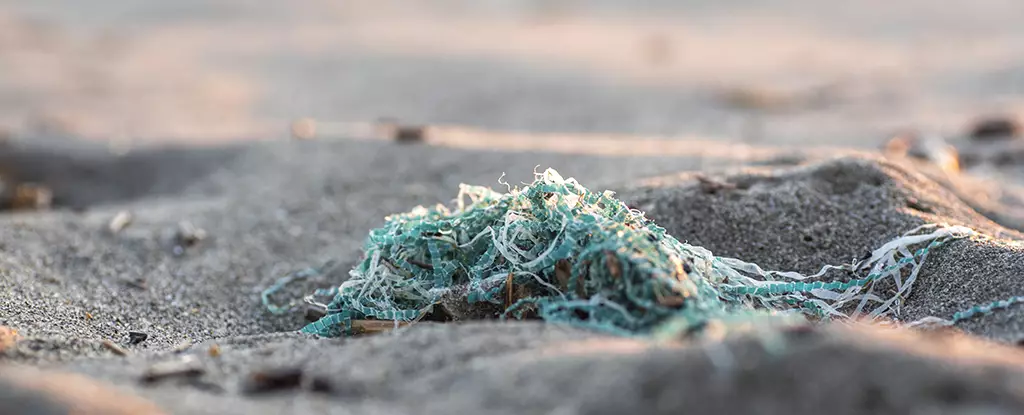In the ongoing battle against environmental pollution, two particularly insidious offenders have emerged: microplastics and per- and polyfluoroalkyl substances (PFAS), often referred to as “forever chemicals.” Both pose significant threats not just to ecosystems but to human health as well. Recent studies indicate that their effects are compounded when these pollutants coexist, leading to even greater ecological damage than previously understood.
A pioneering study conducted by researchers at the University of Birmingham has revealed alarming results concerning the symbiotic negative impacts of microplastics and PFAS on Daphnia magna, commonly known as water fleas. Daphnia play a crucial role in aquatic ecosystems; they serve as a vital food source for larger animals and are considered bioindicators of environmental health. The research involved exposing these organisms to microplastics and PFAS individually, as well as in combination, to understand the differential impacts of these pollutants.
The findings showed a staggering 41 percent increase in detrimental effects when both pollutants were present together. This included issues such as stunted growth, delayed onset of sexual maturity, and a notable decline in reproductive success. The study further indicated that Daphnia that had prior exposure to other chemicals faced enhanced harm, hinting at a cumulative effect that compounds with multiple exposures over time.
The implications of this study extend far beyond a single species. The interaction between microplastics and PFAS highlights a broader concern around how various pollutants intermingle, creating synergistic effects that can be catastrophic for aquatic ecosystems. Daphnia are commonly used in scientific research due to their sensitivity to environmental changes and serve as model organisms to gauge the health of aquatic systems. Therefore, their adverse response to these pollutants raises significant alarms about the overall viability of aquatic ecosystems that support a diverse range of species, including those vital for human consumption.
Moreover, the results of this research are particularly unsettling when considering the ubiquity of both microplastics and PFAS. Microplastics, created from the breakdown of larger plastic items or the shedding of synthetic fibers, are prevalent even in the most remote areas of our planet. Similarly, PFAS have infiltrated the environment, found in everything from water sources to the air. The pervasive nature of these contaminants means that exposure is nearly unavoidable, not just for wildlife but for humans as well.
According to Mohamed Abdallah, an environmental scientist involved in the study, understanding the cumulative impacts of varied pollutants is crucial for informing conservation strategies and effective policy-making. His emphasis on the need for further investigation into the lifecycle effects on wildlife reflects a pressing need for regulatory frameworks that account for the complexity of pollutant interactions. If ignored, these emergent contaminants pose a real threat not only to aquatic species but also to the health of terrestrial ecosystems and human populations.
Living organisms, including humans, are faced with a plethora of different environmental toxins, many of which have not been appropriately studied in combination with others. The complexity of these interactions calls for a revised approach to environmental toxicology; we cannot afford to study pollutants in isolation anymore.
As researchers like Luisa Orsini point out, the need for refined analytical methods and advanced technologies is essential to uncover the true extent of the damage inflicted by the synergy of various pollutants. Future studies will hopefully broaden the understanding of how these chemicals affect gene functions and other biological processes, granting researchers deeper insights into long-term implications.
As the evidence mounts regarding the combined impacts of microplastics and PFAS on vital species like Daphnia magna, it becomes increasingly necessary to address these issues through policy reform and comprehensive scientific inquiry. By recognizing the intertwined nature of pollutants, we can better strategize environmental conservation efforts and mitigate the damage inflicted on our ecosystems. The time to act is now; our collective future depends on it.

Leave a Reply